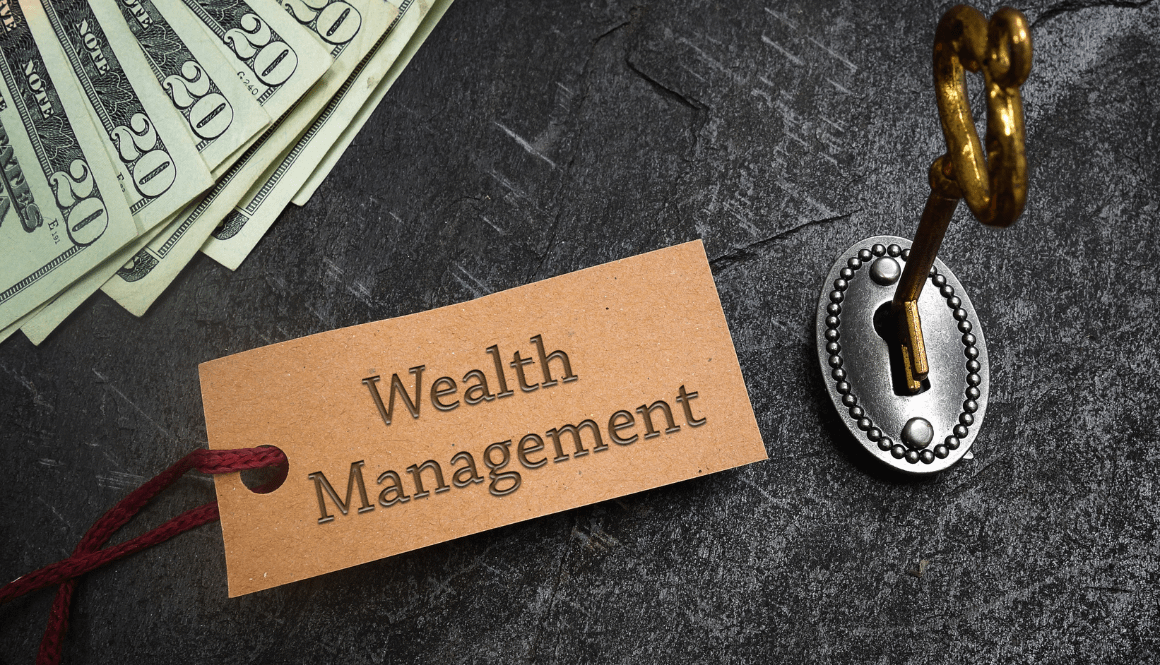Table of Contents
The Ultimate Retirement Planning Checklist for Financial Advisors
Helping clients retire comfortably is one of the most rewarding — and complex — parts of being a financial advisor. Retirement planning goes far beyond “how much money do I need?” It’s about crafting a strategy that weaves together income, healthcare, tax efficiency, estate plans, and more.
To ensure nothing gets overlooked, here’s the ultimate retirement planning checklist every advisor can use to guide clients toward their ideal retirement.
✅ 1. Establish the Retirement Vision
- Discuss desired retirement age and lifestyle goals.
- Clarify where the client plans to live — downsizing, relocating, or staying put?
- Identify key activities: travel, hobbies, part-time work, volunteering.
Why it matters: A clear vision drives more accurate financial projections and risk assessments.
✅ 2. Inventory All Retirement Assets
- List all 401(k)s, IRAs, Roth IRAs, pensions, annuities, and taxable investment accounts.
- Include Social Security benefit estimates.
- Don’t forget health savings accounts (HSAs) and deferred compensation plans.
Tip: Consolidating old retirement accounts can simplify management and potentially reduce fees.
✅ 3. Optimize Social Security and Pension Decisions
- Run break-even analyses for different claiming ages (62, FRA, 70).
- Evaluate pension payout options: lump sum vs. lifetime income.
- Discuss spousal benefits and survivorship planning.
Pro insight: Delaying Social Security can increase benefits by 8% per year after full retirement age.
✅ 4. Create a Sustainable Income Strategy
- Calculate essential vs. discretionary expenses.
- Establish a withdrawal strategy (e.g., 4% rule, bucket strategy).
- Plan for inflation adjustments.
- Identify guaranteed income sources (annuities, pensions).
Bonus: Building multiple income streams helps hedge longevity risk.
✅ 5. Prepare for Healthcare Costs
- Review Medicare options: Parts A, B, D, and supplemental coverage.
- Discuss long-term care insurance needs.
- Project healthcare inflation in retirement budgets.
Fact: Fidelity estimates the average couple will need over $300,000 for healthcare costs in retirement (2025 estimate).
✅ 6. Manage Taxes Efficiently
- Plan for tax diversification: taxable, tax-deferred, and tax-free accounts.
- Discuss Roth conversions, especially in low-income years.
- Strategically time withdrawals to minimize Medicare surcharges and tax brackets.
Key move: Consider “filling up” lower tax brackets early in retirement to save over the long term.
✅ 7. Address Estate and Legacy Planning
- Confirm up-to-date wills, trusts, and power of attorney documents.
- Review and update beneficiary designations.
- Discuss charitable giving strategies (like Qualified Charitable Distributions).
Pro tip: Regular estate plan reviews can prevent costly mistakes and family disputes later.
✅ 8. Stress-Test the Plan
- Run Monte Carlo simulations to test the durability of the retirement strategy.
- Plan for market downturns, unexpected expenses, or major life changes.
- Build in contingency plans (e.g., downsizing, part-time work).
Why it matters: Peace of mind comes from knowing the plan is flexible enough to handle the unexpected.
✅ 9. Schedule Regular Reviews
- Set annual or semi-annual check-ins to adjust for life changes, market conditions, and tax laws.
- Revisit goals and make updates as needed.
- Track progress toward retirement milestones.
Remember: Retirement planning isn’t “set it and forget it” — it’s a living plan.
Final Thought
The ultimate retirement plan is one that’s personalized, flexible, and forward-looking. Advisors who can proactively walk clients through each step on this checklist not only build trust, but they also build lasting relationships that often extend across generations.







